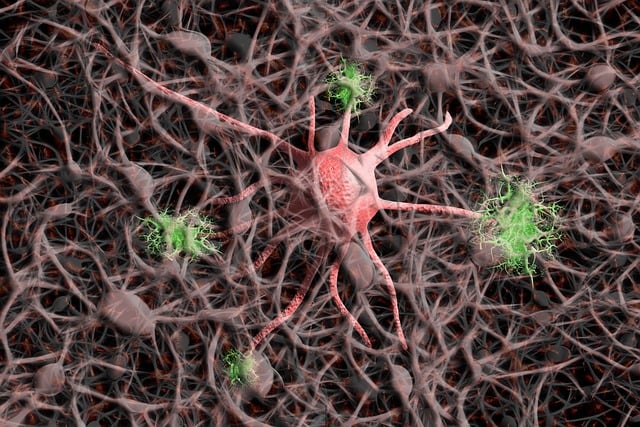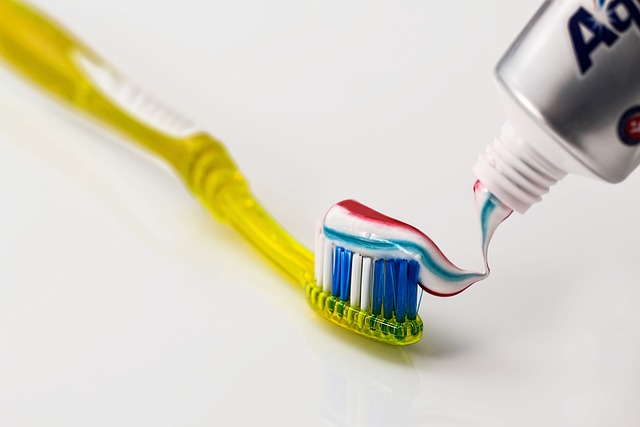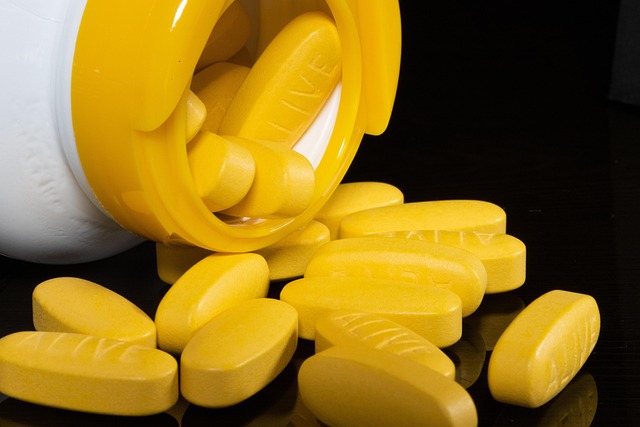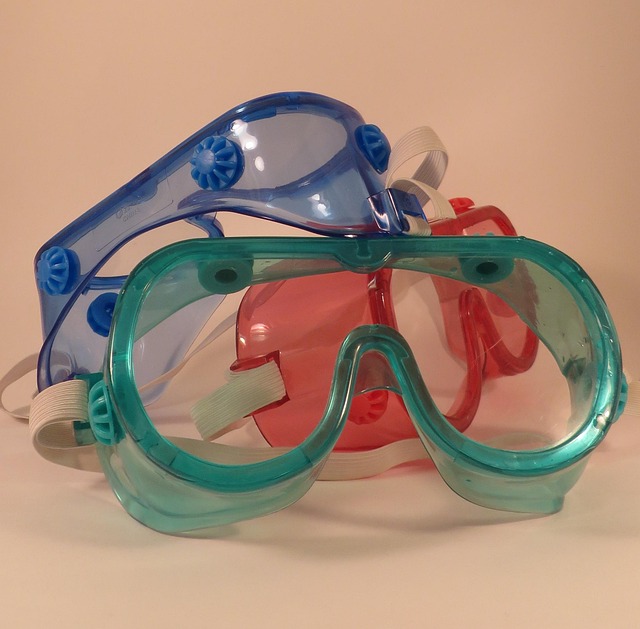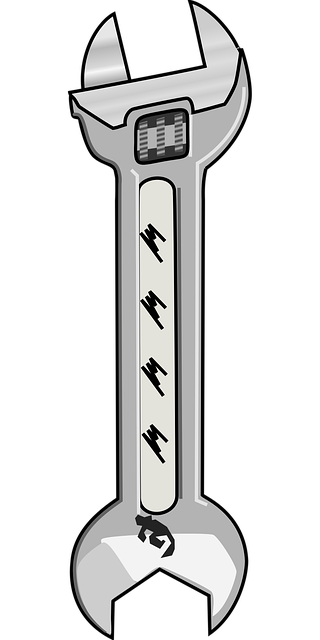Chiropractic treatment is an effective and non-invasive approach for managing soft tissue damage caused by car accidents. Chiropractors diagnose and treat these injuries using manual therapy, adjustments, and holistic well-being considerations. By focusing on reducing inflammation, improving circulation, and restoring joint function, this method addresses muscle strains, ligament sprains, and tendonitis—common car accident injuries. Chiropractic treatment offers an alternative to surgery or pharmaceuticals, emphasizing the body's natural healing ability through gentle adjustments and tailored rehabilitation plans.
“After a car accident, soft tissue damage—including muscle strains, ligament sprains, and tendon injuries—is not always immediately apparent. Understanding this type of injury is crucial for effective treatment and recovery. This article explores strategies for managing soft tissue damage from car accidents, focusing on the benefits of chiropractic treatment as a non-invasive approach. We also delve into rehabilitation and recovery techniques to ensure optimal results for victims of such incidents, emphasizing the role of chiropractic care in navigating post-accident health.”
- Understanding Soft Tissue Damage After a Car Accident
- Chiropractic Treatment: A Non-Invasive Approach
- Rehabilitation and Recovery Strategies for Optimal Results
Understanding Soft Tissue Damage After a Car Accident

Soft tissue damage is a common occurrence after car accidents, encompassing injuries to muscles, tendons, and ligaments that aren’t evident on standard X-rays or MRIs. These injuries can manifest as pain, stiffness, and limited range of motion. Chiropractic treatment has emerged as a popular and effective approach to managing such injuries. Chiropractors are trained to assess and diagnose soft tissue damage, using techniques like manual therapy and adjustment to alleviate pain and promote healing.
Chiropractic care offers several benefits for individuals recovering from car accident injuries. It can help reduce inflammation, improve circulation, and restore joint function. Additionally, chiropractic treatment is non-invasive, making it a preferred choice for many patients seeking to avoid surgery or excessive medication. This holistic approach considers the interconnectedness of the body’s systems, ensuring comprehensive care for both the physical and emotional toll that accident injuries often bring.
Chiropractic Treatment: A Non-Invasive Approach

Chiropractic treatment offers a non-invasive approach to managing soft tissue damage often sustained in car accidents. This method focuses on adjusting and manipulating the spine, joints, and muscles to alleviate pain and improve mobility. Chiropractors use various techniques, such as spinal manipulation and joint mobilization, to reduce inflammation, relax tense muscles, and restore proper alignment.
Unlike surgical or pharmaceutical interventions, chiropractic care emphasizes the body’s natural healing ability. By correcting structural misalignments, it facilitates the body’s inherent self-healing process, which is particularly beneficial for soft tissue injuries like muscle strains, ligament sprains, and tendonitis commonly associated with car accident injuries.
Rehabilitation and Recovery Strategies for Optimal Results

Rehabilitation and recovery after soft tissue damage from a car accident is a crucial process for optimal healing and restoring function. Chiropractic treatment plays a significant role in this journey, focusing on gentle adjustments to alleviate pain and improve mobility. Skilled chiropractors employ various techniques tailored to the patient’s needs, addressing issues like muscle sprains, ligament strains, and nerve irritation commonly associated with auto accidents.
The recovery process involves a combination of manual therapy, exercise programs, and sometimes alternative treatments. Patients are often guided through a progressive rehabilitation plan, starting with conservative measures and advancing as their condition improves. This may include specific stretches, strength-building exercises, and ice/heat therapy to reduce inflammation and promote tissue repair. By combining these strategies, patients can achieve better outcomes and regain their pre-accident level of function more efficiently.
After a car accident, understanding and addressing soft tissue damage is crucial for optimal recovery. Chiropractic treatment offers a non-invasive approach, focusing on adjusting and mobilizing the spine to alleviate pressure on affected tissues. Rehabilitation strategies, including exercise and stretching, accelerate healing and restore range of motion. By combining these methods, individuals can achieve better outcomes and return to their active lifestyles following car accident injuries.
